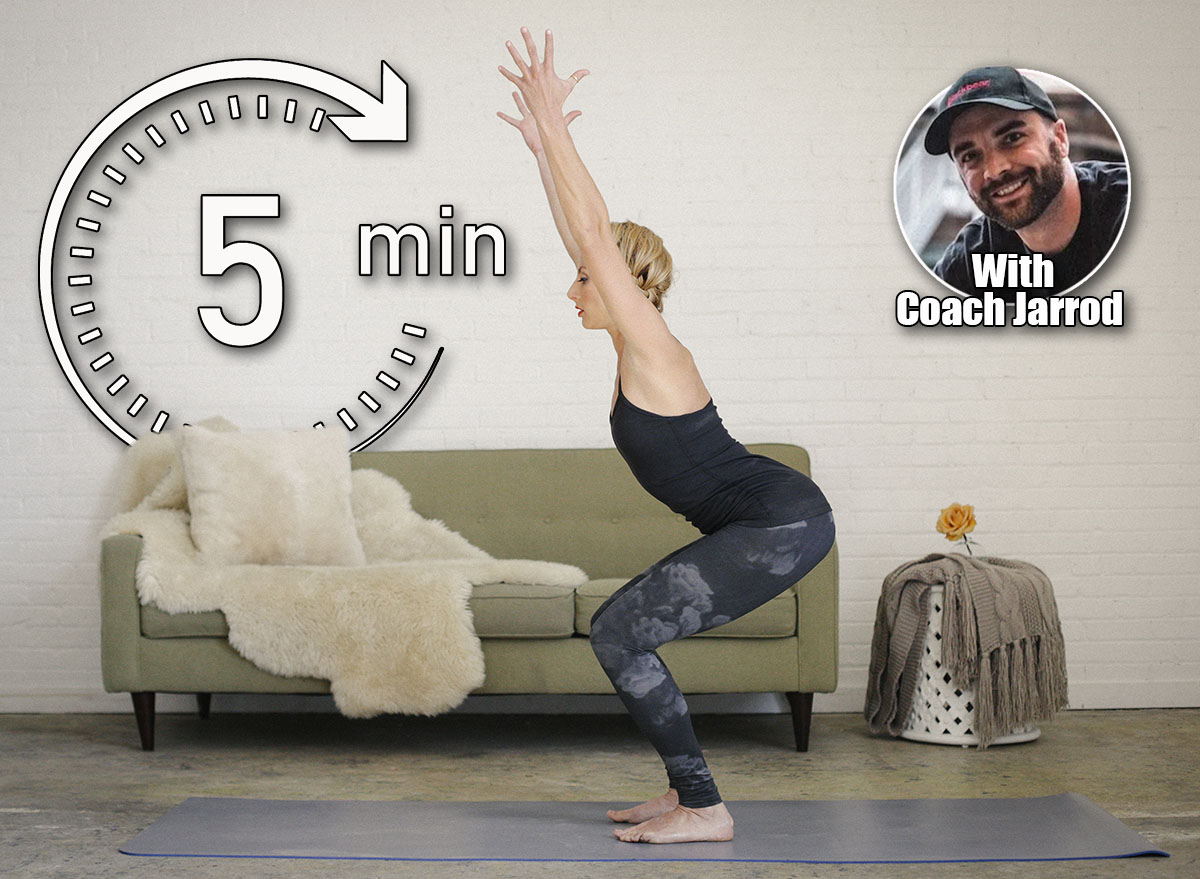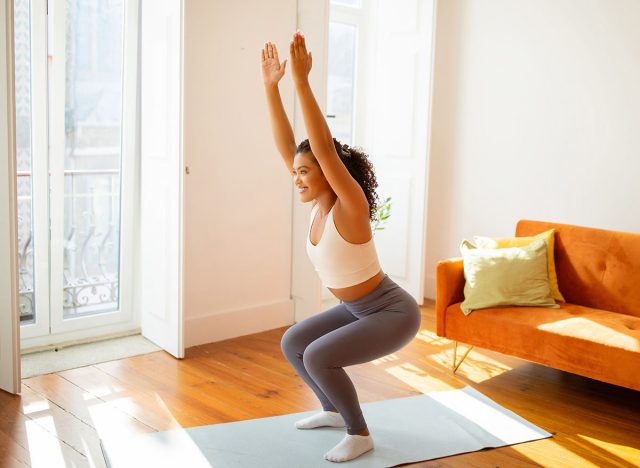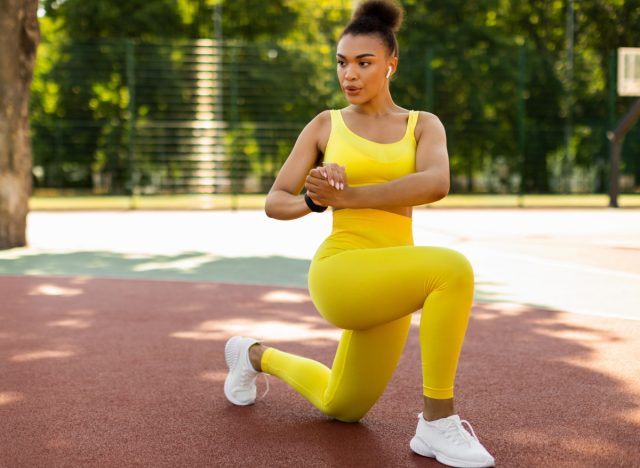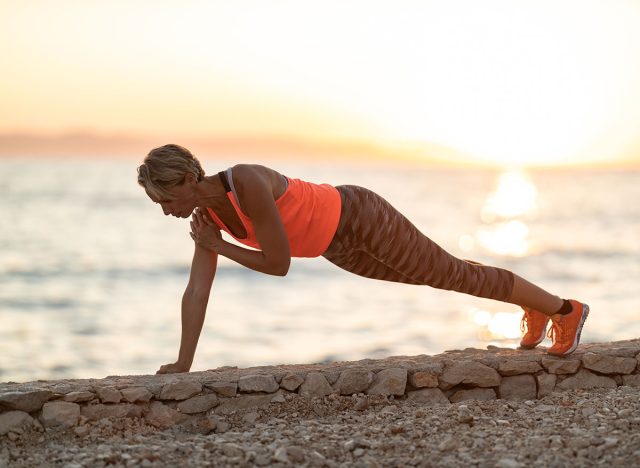This 5-Minute Morning Routine Builds More Strength Than Hour-Long Workouts After 50

Mornings can set the tone for the entire day. For many people over 50, that means balancing energy, strength, and focus with the reality of tight schedules and changing recovery needs. The right routine doesn’t just wake you up, it prepares your body to move better, stay strong, and fight off the stiffness that comes with age.
A short burst of intentional movement can be far more powerful than slogging through a long workout. With the right structure, just five minutes can light up your muscles, elevate your heart rate, and prime your body for strength in ways that traditional gym sessions often miss.
The real value of this approach comes from consistency. A compact routine removes excuses. You can knock it out before the coffee brews, and you don’t need equipment, a commute, or even a dedicated block of time. By the time you’ve finished, you’ve already stacked a win for the day.
Below is a five-minute morning strength routine designed to help anyone over 50 build and maintain muscle. These movements target mobility, balance, and functional strength so you feel stronger and move better all day.
5-Minute Morning Routine to Build Strength After 50
Minute 1: Squat to Reach

Squatting is one of the most fundamental strength builders, and pairing it with a reach overhead makes it even more powerful. This move wakes up your hips, glutes, and spine while also improving shoulder mobility that often stiffens with age. By moving through a deep squat and then opening the upper body, you’re training strength and posture at the same time. Done regularly, it reinforces the ability to sit, stand, and move with confidence.
Muscles Trained: Quads, glutes, hamstrings, shoulders, core.
How to Do It:
- Stand with your feet shoulder-width apart.
- Drop into a squat, pushing your hips back and keeping your chest tall.
- At the bottom, raise both arms overhead, reaching toward the ceiling.
- Stand tall and reset.
- Repeat for 45 seconds, then rest for 15 seconds.
Form Tip: Keep your heels flat on the floor and drive your knees outward as you squat.
Minute 2: Push-Up Walkouts
Why: This move combines flexibility, strength, and coordination in one flow. The walkout engages your hamstrings and core as you hinge forward, while the push-up challenges your chest, shoulders, and arms. It’s a full-body wake-up call that builds strength without heavy weights. For older adults, it’s also an excellent way to improve spinal stability and control through multiple ranges of motion.
Muscles Trained: Chest, shoulders, triceps, abs.
How to Do It:
- Stand tall with feet hip-width apart.
- Hinge forward and place your hands on the ground.
- Walk your hands forward until you reach a push-up position.
- Perform one push-up.
- Walk your hands back toward your feet and return to standing.
- Repeat for 45 seconds, rest for 15 seconds.
Form Tip: Brace your core so your hips don’t sag during the push-up.
Minute 3: Reverse Lunge with Twist

Strength and mobility both decline quickly if they aren’t trained, and this exercise checks both boxes. The lunge strengthens your legs and improves balance, which is critical for staying independent after 50. Adding the twist engages your core and opens your spine, promoting better movement in your torso. It’s a practical way to prepare your body for the rotations, steps, and turns that happen in everyday life.
Muscles Trained: Glutes, quads, hamstrings, core, obliques.
How to Do It:
- Step backward with your right foot into a lunge.
- As you lower, rotate your torso toward your left leg.
- Return to standing.
- Alternate legs with each rep.
- Continue for 45 seconds, rest for 15 seconds.
Form Tip: Keep your front knee stacked over your ankle. Don’t let it cave inward.
Minute 4: Plank to Shoulder Tap

Core stability is one of the most important markers of long-term strength, and this variation takes the standard plank to the next level. By lifting one hand to tap your shoulder, you force your core to resist rotation, which trains real-world strength that protects your spine. Your shoulders and arms also get extra work as you stabilize in the push-up position. This makes it one of the most efficient ways to train multiple muscle groups at once in just seconds.
Muscles Trained: Core, shoulders, chest, triceps.
How to Do It:
- Start in a push-up position with hands under shoulders.
- Tap your right hand to your left shoulder without twisting your hips.
- Place it back down, then tap your left hand to your right shoulder.
- Continue alternating for 45 seconds, rest for 15 seconds.
Form Tip: Widen your feet slightly to keep your hips steady.
Minute 5: Standing Band Rows (or Bodyweight Rows Against a Doorframe)

Strong back muscles are the foundation of good posture, especially after 50, when rounded shoulders and slouched positions become more common. Band or bodyweight rows strengthen the lats, upper back, and arms, which counterbalance daily sitting and screen use. Improving these muscles not only helps you stand taller but also supports your spine and reduces the risk of falls. This exercise is a cornerstone for maintaining upper-body strength with age.
Muscles Trained: Lats, rhomboids, rear delts, biceps.
How to Do It:
- Loop a band around a sturdy anchor or use a doorframe for leverage.
- Stand tall, arms extended.
- Pull the band or your body toward you, driving elbows back.
- Squeeze your shoulder blades together.
- Slowly return to the start.
- Repeat for 45 seconds, rest for 15 seconds.
Form Tip: Keep your shoulders down and avoid shrugging as you row.
Best Tips for Building Strength After 50

The real magic of a five-minute morning workout isn’t in the exercises themselves, but in how you approach them. Small, consistent actions create lasting strength, and the way you set up your daily routine can determine whether this becomes a habit or just another good idea you tried once. Think of these strategies as the glue that holds everything together so you can continue building strength long after 50.
- Stack habits: Knock out this five-minute routine right after brushing your teeth or brewing coffee to make it automatic.
- Stay consistent: Five minutes daily beats one long workout you rarely complete.
- Prioritize recovery: Hydrate, sleep, and eat enough protein to support your strength work.
- Progress gradually: Once you master the basics, add resistance bands or light weights to increase the challenge.
- Focus on movement quality: Every rep should feel controlled and strong.
Looking for more easy ways to lose fat? Here’s How Long Your Walking Workout Should Be To Shrink Belly Fat.